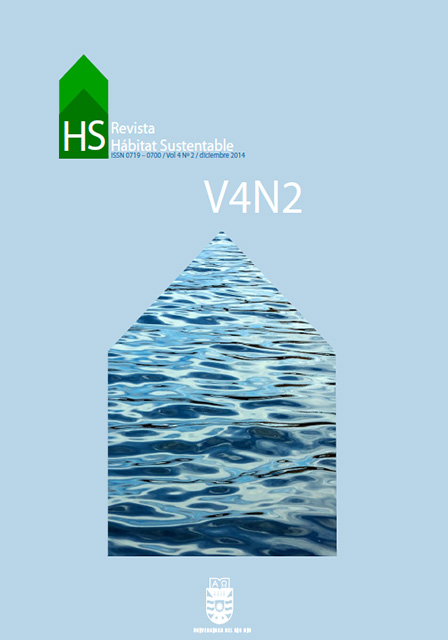Evaluación Económica de la Eficiencia Energética, Caso de estudio: sistemas constructivos para Vivienda de Interés Social en Montevideo-Uruguay
Palavras-chave:
vivienda social, sistemas constructivos no tradicionales, eficiencia energética, simulación energética, análisis financieroResumo
Este artículo aborda la evaluación del desempeño energético de viviendas concebidas con diversos sistemas constructivos, proponiendo un modelo de análisis del beneficio económico derivado de las soluciones de eficiencia energética en la etapa de diseño.
La investigación se realizó en torno a la vivienda de interés social en Uruguay, considerando la importancia de la Ley de Promoción de la Vivienda de Interés Social (Ley 18.795), aprobada en agosto de 2011, que busca satisfacer las necesidades de la población de sectores socioeconómicos medios y medios bajos.
El Ministerio de Vivienda, Ordenamiento Territorial y Medio Ambiente (MVOTMA) admite la utilización de sistemas constructivos no tradicionales, como alternativa al hormigón armado y mampostería, con la aprobación de un Documento de Aptitud Técnica, donde el proveedor se compromete a satisfacer estándares de desempeño establecidos en el documento Estándares de desempeño y requisitos para la vivienda social. El estudio empleó tres metodologías combinadas de forma transversal y secuencial. Se llevó a cabo una selección de casos que permitió acotar el examen. Simulaciones energéticas y análisis financieros se realizaron para evaluar la rentabilidad de la incorporación de eficiencia energética. Y, como resultado, se propuso un modelo de análisis para el estudio de otras soluciones.
Downloads
Downloads
Publicado
Como Citar
Edição
Secção
Licença
O conteúdo dos artigos publicados em cada número do Habitat Sustentável é da exclusiva responsabilidade dos autores e não representa necessariamente o pensamento ou compromete a opinião da Universidad del Bío-Bío.
Os autores mantêm os seus direitos de autor e concedem à revista o direito de primeira publicação da sua obra, que está simultaneamente sujeita à Licença de Atribuição Creative Commons CC BY-SA que permite a outros partilhar, transformar ou criar novo material a partir desta obra para fins não comerciais, desde que a autoria e a primeira publicação nesta revista sejam reconhecidas, e as suas novas criações sejam licenciadas sob os mesmos termos.











 Programa de Informação Científica/Concurso Fondos de Publicación de Revistas Científicas 2018/ Proyecto Mejoramiento de Visibilidad de Revistas UBB (Código:FP180007)
Programa de Informação Científica/Concurso Fondos de Publicación de Revistas Científicas 2018/ Proyecto Mejoramiento de Visibilidad de Revistas UBB (Código:FP180007)





